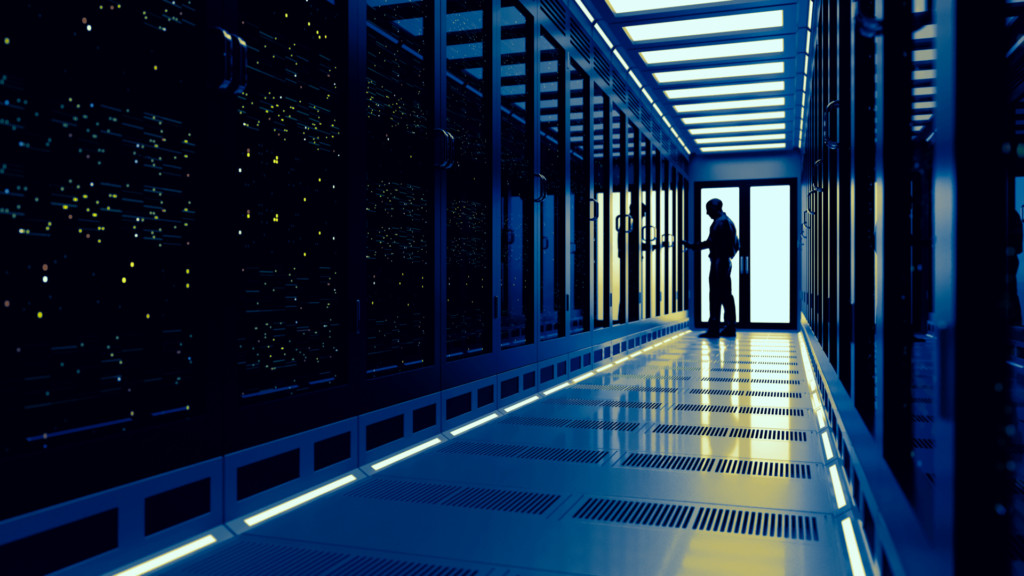What is multitenancy in cloud computing?
When planning cloud migration or developing your application in the cloud, one of the major decisions you have to consider is the type of architecture that will best suit your business needs and will be optimal in terms of cost. Data security considerations are also of paramount importance.
One of the options is a multitenant cloud architecture, which we’ll take a closer look at in this article.
Read on to find out what multitenancy in cloud computing is, how a multitenant cloud compares to a single-tenant cloud and what the pros and cons of a multitenant cloud environment are.
How does a multitenant cloud work?
A multitenant cloud means that the same computing resources are used by multiple customers (called tenants), but their data cannot be viewed or accessed by other users. It can be compared to a block of flats, where the inhabitants share the same infrastructure in a building but own their separate apartments, which aren’t accessible to their neighbours.
What are the pros and cons of multitenancy in the cloud?
Let’s start with the advantages:
Flexibility to scale
In a multitenant cloud, additional resources can be effortlessly allocated according to the growing needs of customers. Adding another cluster in the multitenant cloud is a matter of a few clicks. It’s also possible to scale down the resources if necessary, thus cutting unnecessary costs.
The flexibility of a multitenant cloud is a huge advantage, especially for organisations that grow in an unpredictable way, like startups.
Cost-effectiveness
As multiple tenants share the computing resources, the operational costs are usually lower per single tenant. It’s similar to sharing a taxi with someone – the cost is split, so eventually, you pay much less for a ride.
Efficiency
The updates and other maintenance works are managed holistically by the service provider, which makes a multitenant cloud more efficient in terms of management.
Naturally, multitenancy may also have some drawbacks in certain cases:
Possible incompliance with certain legal requirements
There may be specific government policies, industry standards, or legal requirements that don’t allow the software to run in a multitenant cloud architecture.
Is a multitenant cloud secure?
Security in a multitenant cloud environment is a major concern for many businesses. However, given the highest security standards and complex security solutions implemented by the biggest multitenant cloud providers, data breach or leakage risk is low.
A multitenant vs single-tenant cloud
It won’t come as a surprise that a single-tenant cloud architecture works in just the opposite way to the multitenant cloud – the whole infrastructure is dedicated only to one customer alone.
When a single-tenant cloud may be a better choice for you
The main advantage of a single-tenant model is that it offers more customisation and gives more control over the configuration options, so you can tailor it to your specific business needs. There may also be particular security conditions required, for example, by the government, that only a single-tenant cloud architecture can meet. However, you should keep in mind, that setup and maintenance may be more expensive for a single-tenant cloud model.
We’ll help you build a cloud-based application
Our cloud experts will analyse your business needs and requirements and help you decide whether a multitenant cloud will be the right environment for your application. We’ll take care of the whole migration/development process using best-value technical solutions.
See our cloud services offering for more information.
About the author
RECOMMENDED ARTICLES





